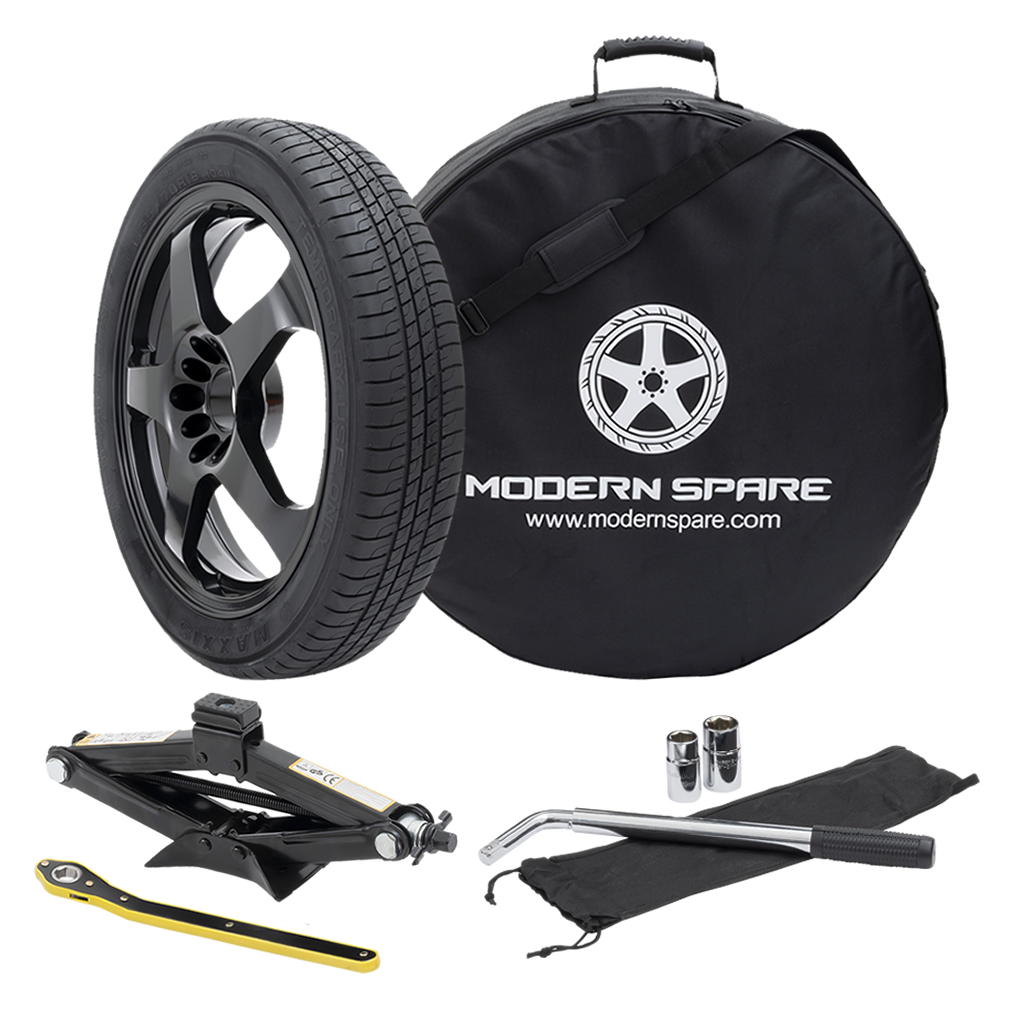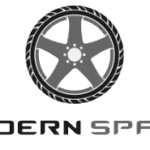Ha. So, the 2018 M3 RWD has been, first, down from NJ to Savannah, Savannah to Charleston, from there to Kitty Hawk, then up the coast to Maryland, across on the ferry, then back home to central NJ.
Another trip had us going from NJ down to Disney, Cape Canaveral, then back home again.
So, yeah, been there, done that, literally got the T-shirts.
First off: If you're going direct and chugging up and down I-95, then, you don't need any fancy apps. Just put your destination into the Nav and the car will tell you what Superchargers to stop at. Honestly, you don't need to do more than that: It'll work, you won't run out of charge anywhere, and all that.
Speaking as a resident of Central NJ, we got more Superchargers around here than you can shake a stick at. It's almost like California, I swear.
About the only thing that the SO and I did, "extra", was to scout out the Superchargers the car was navigating us to. On the first trip to Savannah and back the Nav and the app weren't all
that wonderful about plotching one down in the middle of places with lots of spots to eat and/or sleep. So, looking up Supercharge.info on the web and zooming in to the appropriate place one is going will show, when one gets close in, what eateries are withing walking distance or not.
I still like Supercharge.info and we have it bookmarked on our phones. However, the Nav screen
and the Tesla app on the phone both, when you go to the "Location" tap, let's you see a brief summary of what's nearby each Supercharger.
Given the sheer number of SC's along I-95, it doesn't really matter if one stops at a place because they have Superchargers or not. Look at it this way: The Nav tries to minimize actual travel time. Given that I-95 has an overabundance of SCs, all this means is that, when you stop, you'll go from whatever-percentage-you're-at to 80%; at that point, waiting for more charge actually wastes time compared to buzzing down the road.
Now, if you're having a nice lunch somewhere and want the car to hit 100% while you're eating, yeah, then do that thing, but, if you're just getting a bagel for breakfast, may as well get in the car with the food and go.
Next question: Cooler weather. Well, we're here right now, and the temps are in the 80's-90's during the day and the low 70's during the evening. On both the 2018 M3 and the 2021 MY we get the advertised ranges for both cars.
"Cool" weather matters when it gets below 45F or so. Now, the 2018 M3 doesn't have the heat pump that all more modern Teslas have. So, when it's down around 20F or so, instead of getting 250 W-hr/mile, I get 350 W-hr/mile, and most of that extra is from heating the cabin. That's about a drop of a third in range, so chugging back and forth to Boston, a thing I do a lot, means stopping at an extra SC on the way.
The SO's MY, though, has the heat pump. That very much makes a difference. Her car gets around 270 W-hr/mile in the summer. In the winter, for the first few miles, it'll do up to 320 and change W-hr/mile, but, within about 10 minutes or so, that'll drop down to 280 W-hr/mile. As you may have heard, the energy to
move heat from place A to place B is a lot less than the energy that would be used to
create that heat via resistive heaters: Hello, SEER. So, if you got yourself a newish Tesla: Don't worry, be happy, and, if you're going to be here in the Winter, pack a scraper and snow brush. And maybe one of those collapsible snow shovels, Just In Case.
OK. FSD. Ha. The 2018 M3 has the whole shooting match, including FSD-b. Yes, it does a superior job on freeways, changes lanes, and is fun in that regard. But it'll scare the heck out of you on city streets because, really, it's Not Ready For Prime Time.
Let me look up what Tesla claims FSD, non-Beta, actually does... Traffic and Stop Sign recognition. OK.
OK. So, full FSD-b will actually change lanes without asking you. And it does a decent job of that. But a lot of people have Issues. And FSD-b has real, serious requirements that your eyeballs be out the window at all times and that there be variable torque over time on the steering wheel. It's ADAS (Advanced Driver Assistance), not, as the label says, Full Self Driving.
What you probably want is EAP. What you really want on a long trip: That, when the car changes lanes, it looks for approaching traffic and doesn't change lanes when there's a maniac in your blind spot or some idiot is coming up behind you at 100 mph and you haven't noticed them.
- The car comes with Autopilot, standard, which is Lane Keep and Traffic-Aware Cruise Control (LK & TACC). What this means: If you're in a lane and there's a traffic jam, the car will move with traffic. Slows down (and stops) if traffic slows down and/or stops; speeds up when traffic speeds up. This is a Good Thing on a long trip and worth the price of admission (i.e., the car.
Next: Suppose you want to change lanes. You're in Autopilot, start turning to the left or right (
you initiate it and look for cars); Autopilot smoothly disengages; when you get to your (new) lane, you double-shove the gear shift (y'know, reverse, drive, neutral, park) and you're off in LK/TACC again.
- Enhanced Autopilot. Comes with LK/TACC, but now you get semi-auto lane change. You're chugging down the road and am tired of the slowpoke in front of you. Or you need to get into an exit lane. Shove up or right on the turn signal. You'll see a fancy display on the screen but, basically, the car will look with all its cameras and see if it's safe. If it's not, the blinker may be on, but the lane that you're proposing the car to go into will shade red. (As in: No Way.) Once the obstruction has cleared (assuming you don't cancel), the "red shade" goes away and, on its own, the car will smoothly go into the new lane and pick up doing TACC/LK once again.
Beauty of this system is that it's
safe. The car's got more eyeballs in different directions than you do and it doesn't blink. Got a maniac in your blind spot? It's not blind to the car. And it's good at checking for speeding cars. In extremis, you'll get moved half-way over and then the car will go, "Oops!" and put you back where you started. In my experience, that's followed by a teenager in a muscle car blowing past at speed=ridiculous.
Other thing the car on EAP will do: If you're going from one interstate to another and you've got the Nav running, it'll take the off ramp, navigate around same, and then pick up speed and merge on the new interstate. Won't do this for local roads, though.
- Standard FSD adds some stop-sign and red-light detection, useful on local highways. So, if you're on one of those famous two-lanes each direction with occasional stop lights, the car will stop at those lights and, presumably, start back up again.
FSD-b is the whole shooting match. I've actually had the car navigate between here and 50 miles from here, stop signs, left turns, right turns, major local roads, on and off interstates, you name it. And, once in a while, I'll make it those 50 miles without an intervention. Where an "intervention" means anything from, "You're too darn close to that pedestrian!" to "That car has its nose stuck half-way into the travel lane, I'd better take over and navigate around the idiot" to "Look out for that ambulance coming up from behind", and, my favorite, "I'm waiting for this red light in front of me to turn green - oops! The car's trying to run the red light when there's cross traffic!"
Um. I am
not kidding about any of the above. The "red light running" doesn't happen often, nor any other death attempts. But it means that You Never Know, which leads to a certain amount of stress.
The SO's car came with FSD on a trial. She could take it or leave it. After the trial expired, we talked about it: And bought EAP. That, we figured, was the best bang for the buck.






